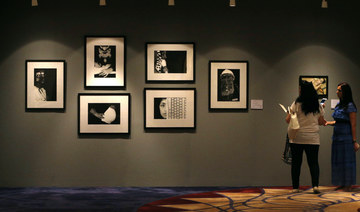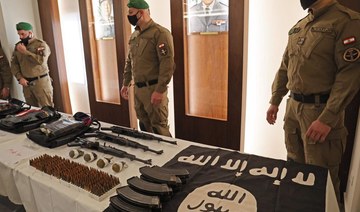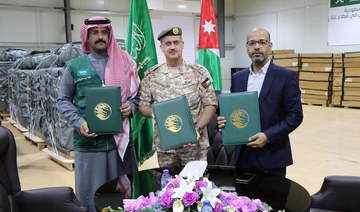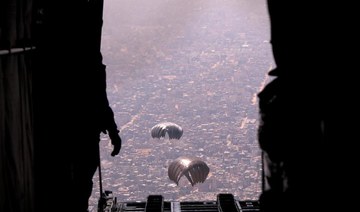BEIRUT: A stone’s throw from the famous National Museum of Beirut, a cornerstone has been laid for a new and unique museum to showcase modern and contemporary art.
The launch took place in a ceremony attended by Lebanese Prime Minister Najib Mikati as well as political and cultural figures.
The museum is set for completion by 2026.
Sandra Abu Nader, who founded the Beirut Museum of Art Association together with Rita Nammour, said that the idea of establishing the museum “was based on the fact that art is not a luxury but a means of peace and a necessity for the integrity of our culture, development, quality of life and role in the world.”
Abu Nader added that the museum, which will bear the name of the association, will be a space for science, work, culture and will aspire to show a positive and prosperous future, and a civilized legacy for future generations.
She said: “Only the cultural and artistic imprint remains to embody and document civilizations and nations, no matter how much they suffer from wars and turmoil.”
Nammour said that laying the foundation stone was “the culmination of a path that Sandra Abu Nader and I planned for more than seven years to be a platform for artistic, civic and cultural education in close cooperation with artists and cultural institutions.”
She added: “We are convinced today more than ever that the museum should be committed to a culture of change and be a platform that takes into account the world we live in, and the values and principles that made Lebanon the beacon of the Middle East.”
The prestigious Saint Joseph University in Lebanon, which is located in the cultural square that includes the National Museum, the French Cultural Center and the Museum of Minerals, allocated a piece of land to build the new museum.
President of the University Father Salim Daccache said it “is an act of partnership between the private sector and the public sector, in which a group of Lebanese personalities, at home and abroad, and their friends, participated in order to employ their passion, feelings, convictions, love for art, drawing and painting, and their financial capabilities to build the museum.”
He added: “It is an act of resistance in the face of extremism and ignorance.”
One problem facing the museum is neglect of Lebanon’s artistic relics, many of which are stored by the Ministry of Culture or in the vaults of the UNESCO Palace, and a considerable amount having been sold to private buyers.
But plans to fill the museum preceded the laying of the foundations.
The association signed an agreement on behalf of the museum with the Lebanese Ministry of Culture to preserve and restore about 3,000 paintings and sculptures by pioneers of fine art in Lebanon, including modern and contemporary works, from the ministry’s private collection, under the supervision of local and international experts.
The collection, which will be loaned to the museum, documents the history and development of the country.
Joe Saddi, chairman of the BeMA board of directors, said: “The BeMA Museum is a project that challenges violence, pessimism and frustration through culture, which in itself is a strategic asset and repertoire for building more open, creative and sustainable countries, cities and societies.”
The association is managed by a board of directors consisting of 17 members who work in the private sector and believe in the importance of preserving and developing Lebanese heritage.
According to an architectural design by Lebanese designer Amale Andraos, former dean of the Faculty of Engineering at Columbia University in the US, the museum will feature an open-door design to promote cultural exchange.




























